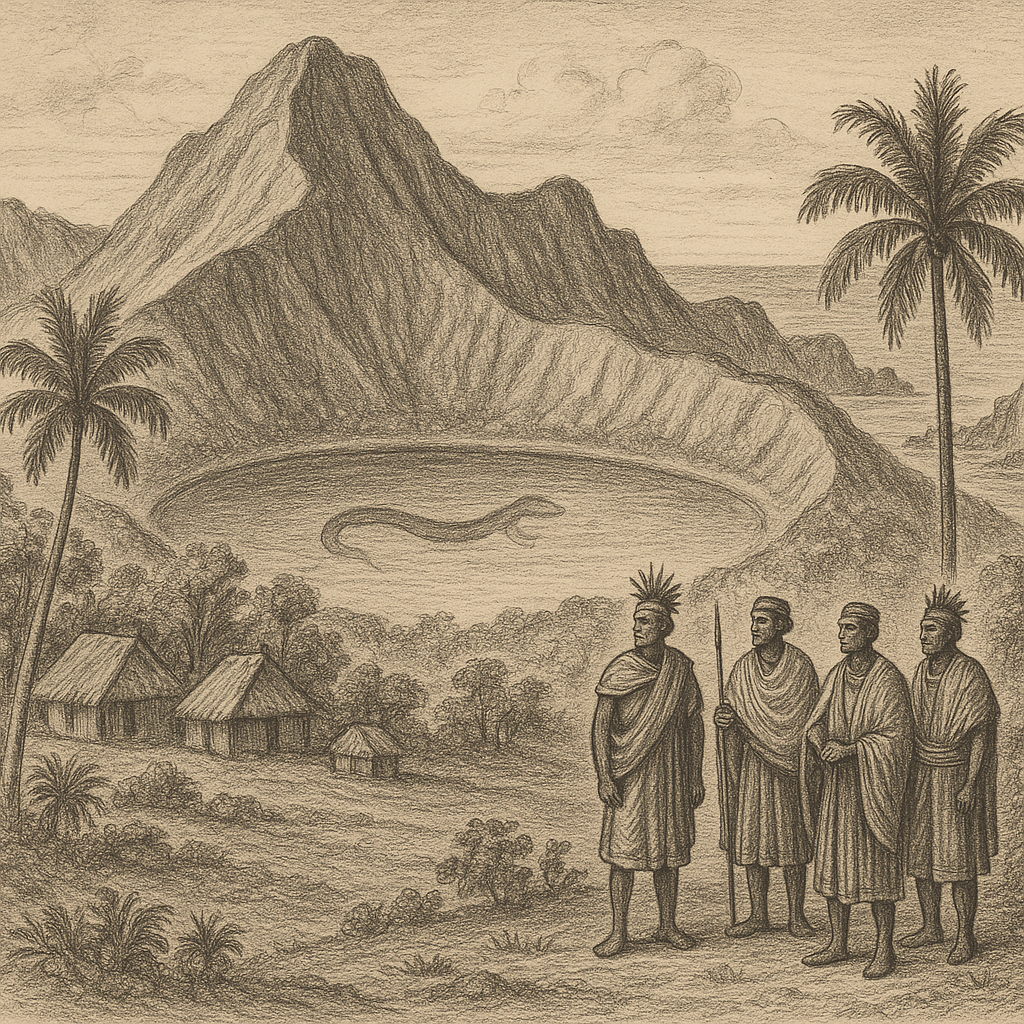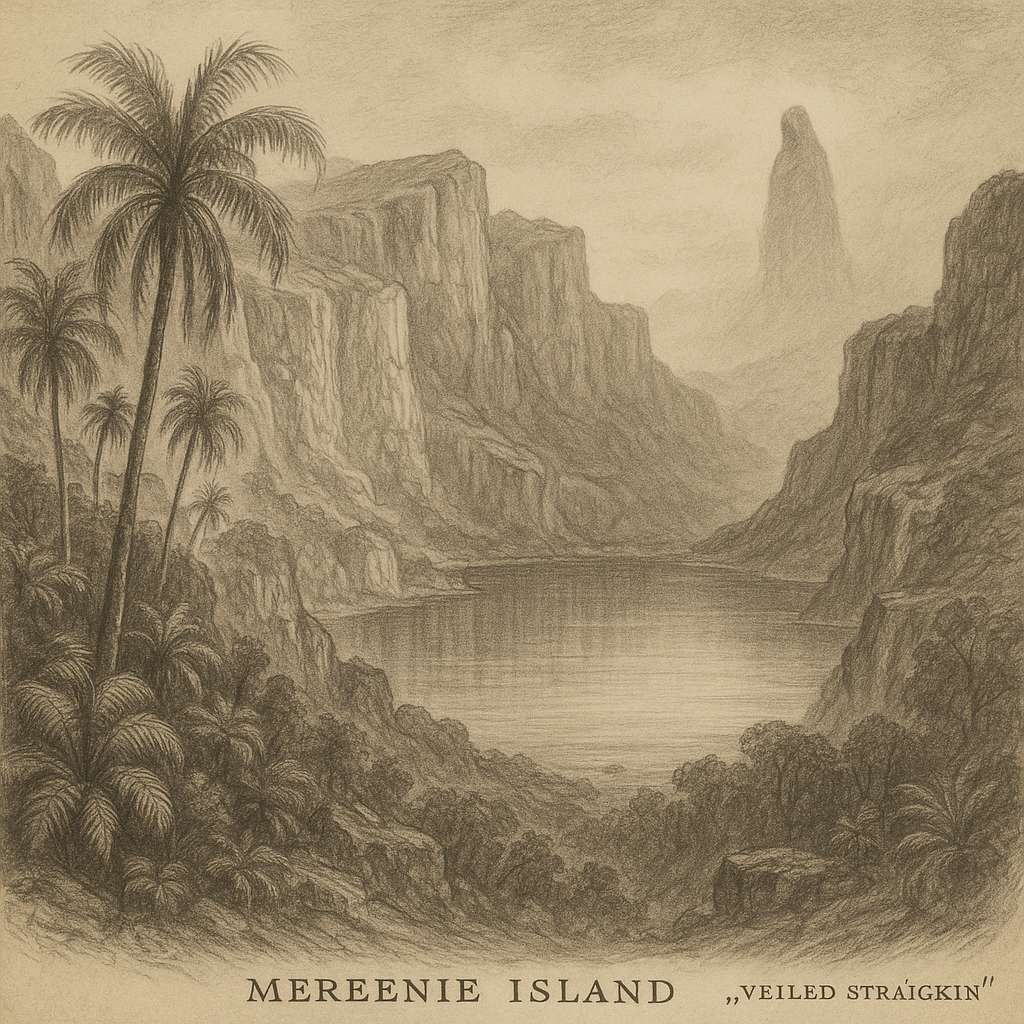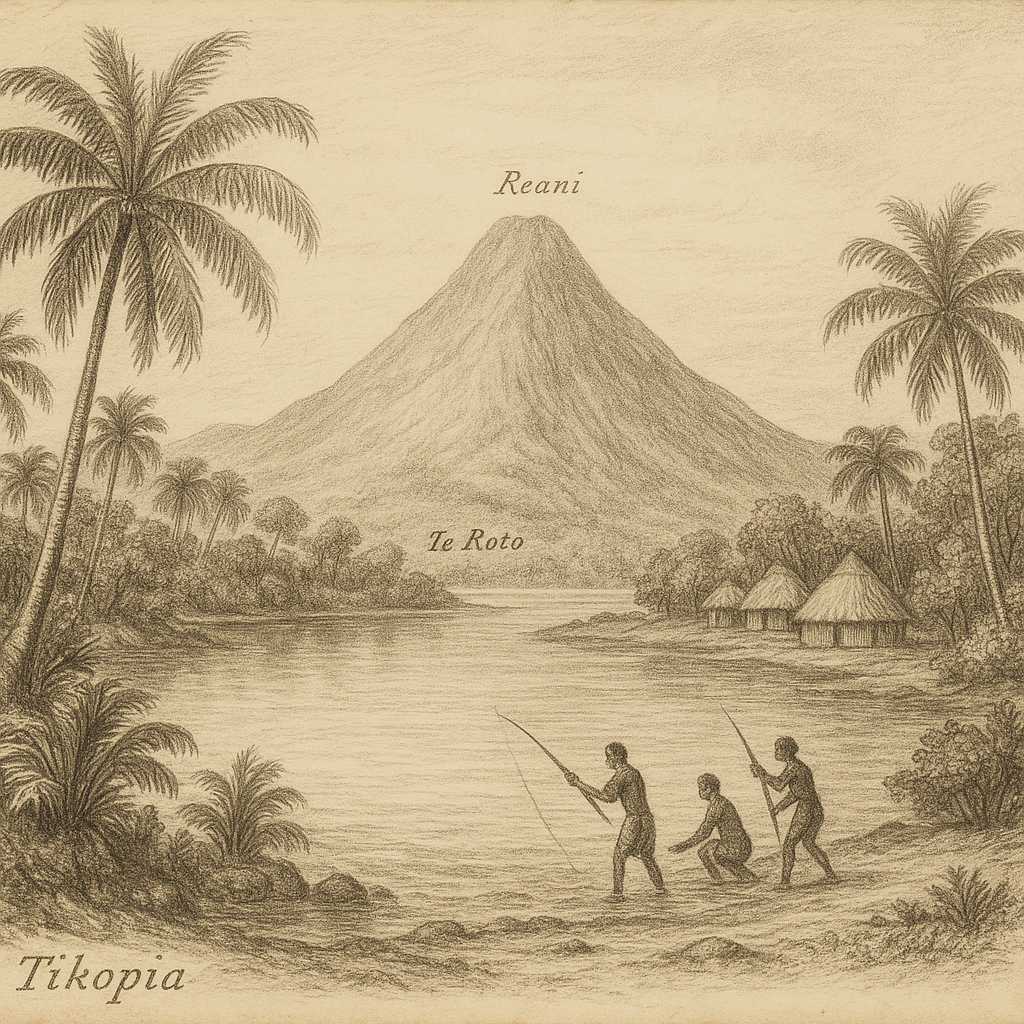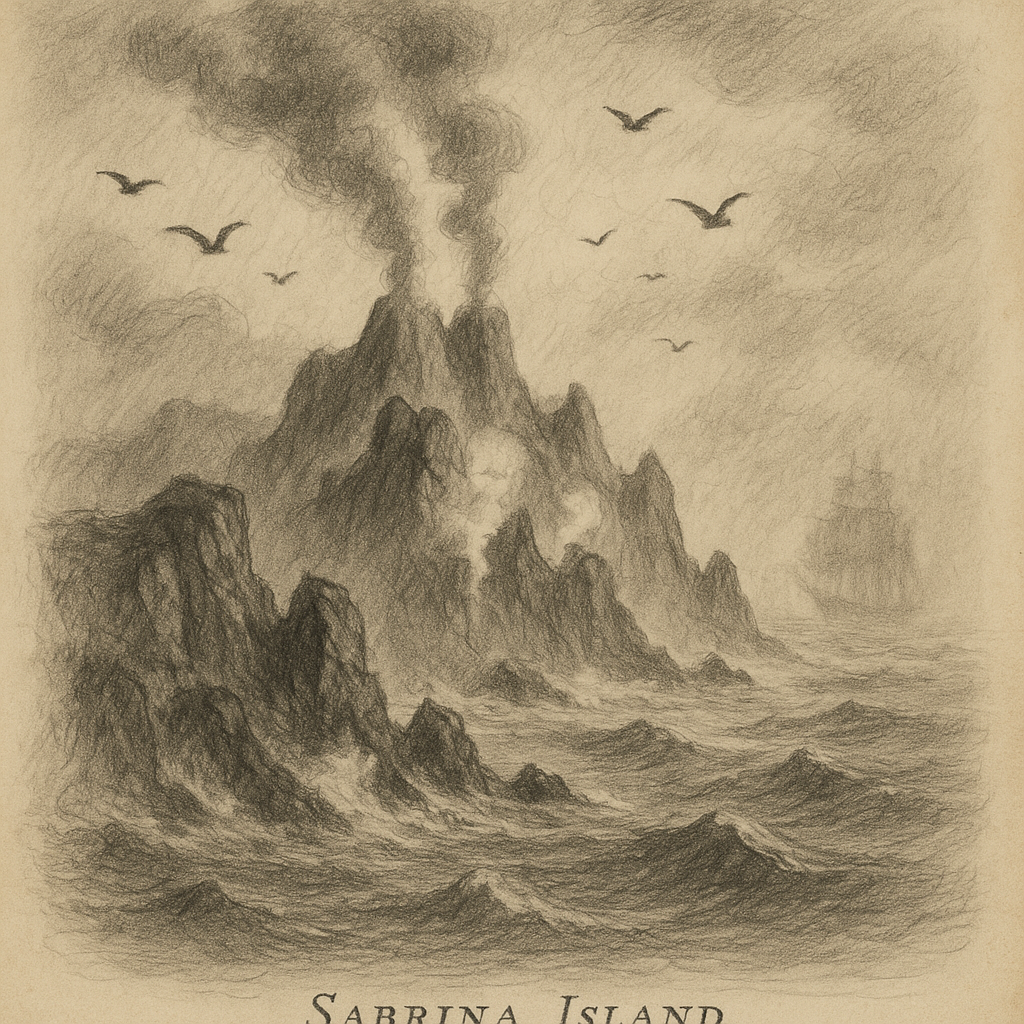Tikopiaa Central Island: A Hidden Jewel of the South Pacific Tikopiaa Central Island, a remote and culturally rich island set amidst the Solomon Islands archipelago, remains one of the most fascinating and undisturbed environments in the South Pacific. This tiny volcanic island is not only remarkable for its natural beauty and isolation but also for the deep-rooted traditions and sustainable lifestyle maintained by its Polynesian inhabitants for centuries. Geographic Location and Formation Tikopiaa Central Island is located in the southeastern part of the Solomon Islands, in the province of Temotu. Roughly 1,150 kilometers from the capital city of Honiara and far from major shipping lanes, the island is highly isolated. The island is a classic example of a high volcanic island formed from a now-dormant volcano, with steep terrain and few lowland areas. Its total area is approximately 5 square kilometers, and it is encircled by a fringing reef that adds to its marine biodiversity. The island lies in the Pacific Ring of Fire, where tectonic plate activity gives rise to volcanic features and occasional seismic events. Though its volcanic days are long past, the legacy of its formation is still visible in the mountainous interior, dominated by Mount Reani, the highest point on the island. Climate and Environment Tikopiaa enjoys a tropical rainforest climate, characterized by consistently high temperatures and humidity levels, with heavy rainfall throughout the year. These climatic conditions support a lush and dense covering of tropical vegetation. Coconut palms, breadfruit trees, taro fields, and banana plants are abundant due to the fertile volcanic soil. The island’s isolated location has helped preserve a relatively undisturbed ecosystem. Both terrestrial and marine environments are rich in biodiversity. Tikopiaa’s surrounding reef systems host a wide variety of coral species and tropical fish. Many of these marine species are crucial for local livelihoods, providing both food and cultural value. Culture and Population Despite its small size, Tikopiaa Central Island is home to a deeply rooted and highly organized society. Its population, which typically hovers around 1,200 residents, consists predominantly of Polynesians who are believed to have settled on the island over 3,000 years ago. Tikopiaa maintains a traditional governance structure led by four chiefs known as ariki, each representing one of the four clans of the island. The inhabitants of Tikopiaa Central Island are remarkable for their commitment to traditional ways of life. Western influence is minimal, and most of the islanders still wear customary clothing and practice age-old rituals. Importantly, the society operates on principles of sustainability: slash-and-burn agriculture is avoided, animal farming is minimal, and fishing is carefully managed to avoid overexploitation. Unique Features and Fun Facts One of the most extraordinary aspects of Tikopiaa is its self-sufficient and eco-conscious lifestyle, especially in the era of climate change and environmental degradation. Notably, the islanders made a conscious decision in the early 20th century to limit population growth to avoid overuse of limited resources. Historical accounts mention the practice of infanticide and celibacy for certain members of society as measures of population control—controversial by contemporary standards but effective within the island’s environmental context. Lake Te Roto, a large crater lake located in the center of Tikopiaa, is another distinctive feature. The lake, formed inside the volcanic caldera, is a vital freshwater resource and central to many cultural legends. The surrounding landscape is dotted with sacred stones, ancient burial sites, and ceremonial platforms that continue to play significant roles in community life. Tikopiaa also weathered Cyclone Zoe in 2002, one of the most intense cyclones ever recorded in the South Pacific. Although the cyclone devastated much of the local infrastructure and forced temporary evacuations, the resilience of the people and the sturdy construction of their traditional housing helped prevent major loss of life. Legends and Mythology Tikopiaa is a land rich in oral history and ancient legends. One of the most famous stories passed down through generations speaks of the founding ancestors who arrived in great canoes from the east, possibly from the islands of Samoa or Tonga. These early voyagers are said to have tamed the island’s wilderness, establishing the social and spiritual structures that define the culture of Tikopiaa to this day. Another local legend tells of the sacred eel Te Pukenga, believed to inhabit the waters of Lake Te Roto. Revered as a guardian spirit, the eel appears only during times of great need or societal upheaval, offering wisdom and guidance. Rituals are still performed by village elders to appease this mythical creature, and the stories surrounding it are carefully handed down to younger generations. The island’s mythological framework extends into astronomical traditions as well. The people of Tikopiaa have long used sophisticated star navigation techniques, passed through generations, which are still taught to children despite the increasing presence of GPS technology in the rest of the world. Modern-Day Challenges and Conservation In present times, Tikopiaa faces mounting challenges from climate change, particularly sea-level rise and intensifying tropical storms. The narrow coastal strip that serves as the main settlement area is increasingly under threat. Despite these challenges, the islanders have opted to remain and adapt rather than relocate, continuing a legacy of resilience. Efforts are also underway to document and preserve the island’s unique cultural and ecological systems. NGOs, ethnographers, and climate researchers often collaborate with the local community to maintain Tikopiaa’s cultural integrity and improve infrastructure without compromising traditional ways. Access and Visitation Due to its remote location and lack of modern port facilities, access to Tikopiaa Central Island is limited. Small boats from neighboring islands, particularly from Lata on Nendo Island, provide the only regular connections. Occasionally, international researchers and anthropologists obtain special permission to visit, often requiring the blessing of the local chiefs. There are no regular tourist accommodations on Tikopiaa, and any visitor must be prepared to completely integrate with the local lifestyle. Food is shared among the community, and guests are expected to participate in daily activities. Conclusion Tikopiaa Central Island stands as a living testament to sustainability, cultural resilience, and harmony with nature. It offers a rare glimpse into a world largely untouched by modernism, where traditional Polynesian culture thrives, and nature continues to provide for its people. With its unique stories, pristine environment, and spiritual depth, Tikopiaa holds profound significance not only in the South Pacific but for all who are seeking alternative models of coexistence in today’s globalized world.

Tikopiaa Central Island
Do you like my work? Buy Me A Coffee
Do you like my work? Buy Me A Coffee
-

Mereenie Island
Introduction to Mereenie Island Mereenie Island is a remote and little-known landmass located in the heart of the Southern Hemisphere. Nestled deep within the Indian Ocean, far from major trade routes and heavily trafficked waters, Mereenie Island stands as a testament to nature’s untouched splendor. With its dramatic cliffs, turquoise lagoons, and thick jungle interior,…
-

Tikopiaa Eastern Island
Tikopia: The Eastern Island Jewel of the Solomon Sea Located deep in the Solomon Islands archipelago, Tikopia is a small, remote volcanic island in the South Pacific that survives as a testament to traditional Polynesian culture and environmental harmony. Often referred to as a submerged peak of cultural resilience, Tikopia, part of the Temotu Province…
-

Sabrina Island
Introduction to Sabrina Island Sabrina Island is a remote and mysterious landmass nestled deep in the Southern Ocean. Often shrouded in mist and mystery, this tiny volcanic island remains one of the least-known and least explored territories on Earth. Located far from major shipping lanes and human settlements, Sabrina Island has intrigued scientists, adventurers, and…
by
Tags: